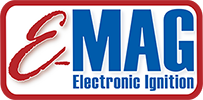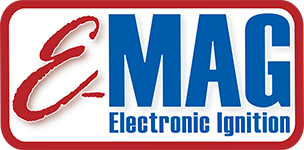All electronic ignitions perform a similar basic function. And they all share the same installation/environmental constraints. So with all they have in common, why do first-generation ignitions vary so widely in terms of form? The variety reflects dramatic differences in design priorities (cost, manufacturability, FAA certification, convenience, etc.). When priorities conflict, designers trade-off or compromise less important features in favor of more important ones. This is a common and familiar practice, but it’s based on the premise that “you can’t have it all”.
E-MAG does not accept this premise, and is stubborn when it comes to compromise. This is an attitude that’s reflected in the number and scope of E-MAG innovations.

